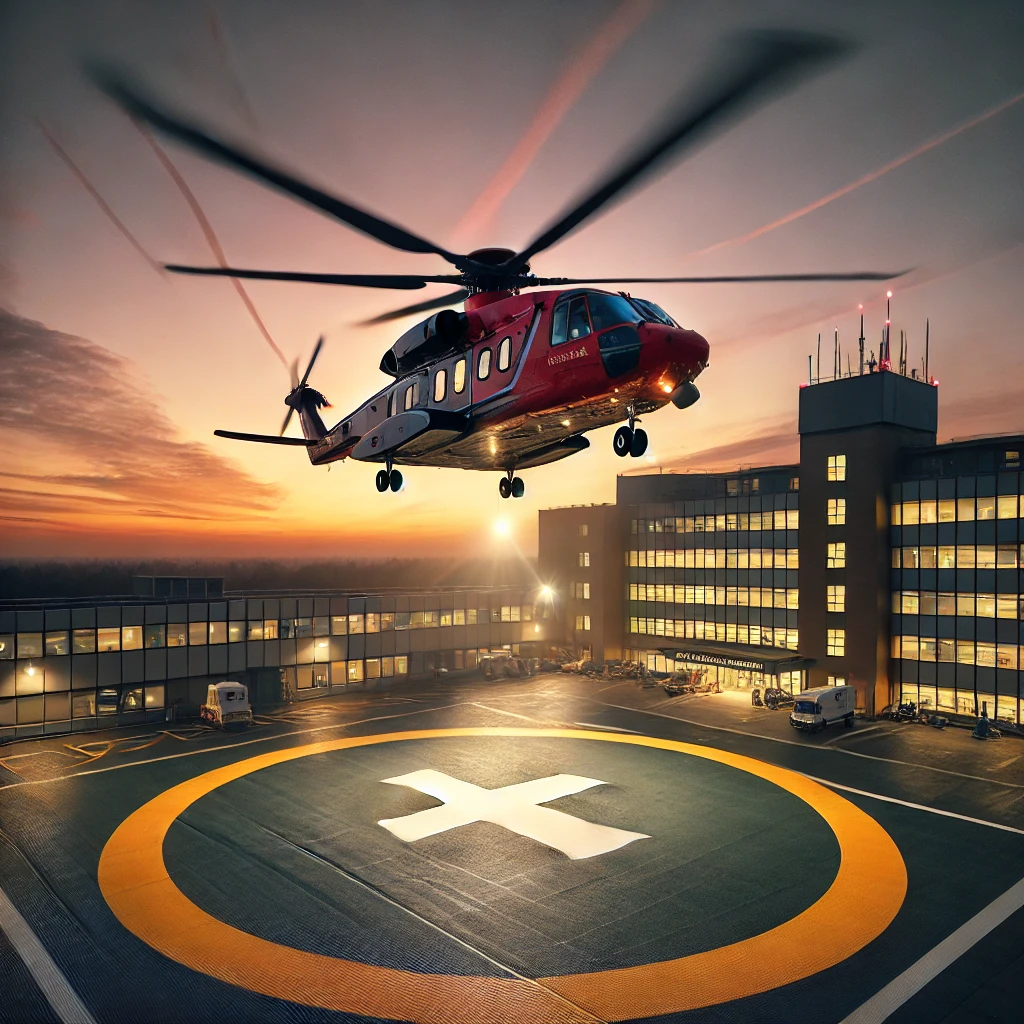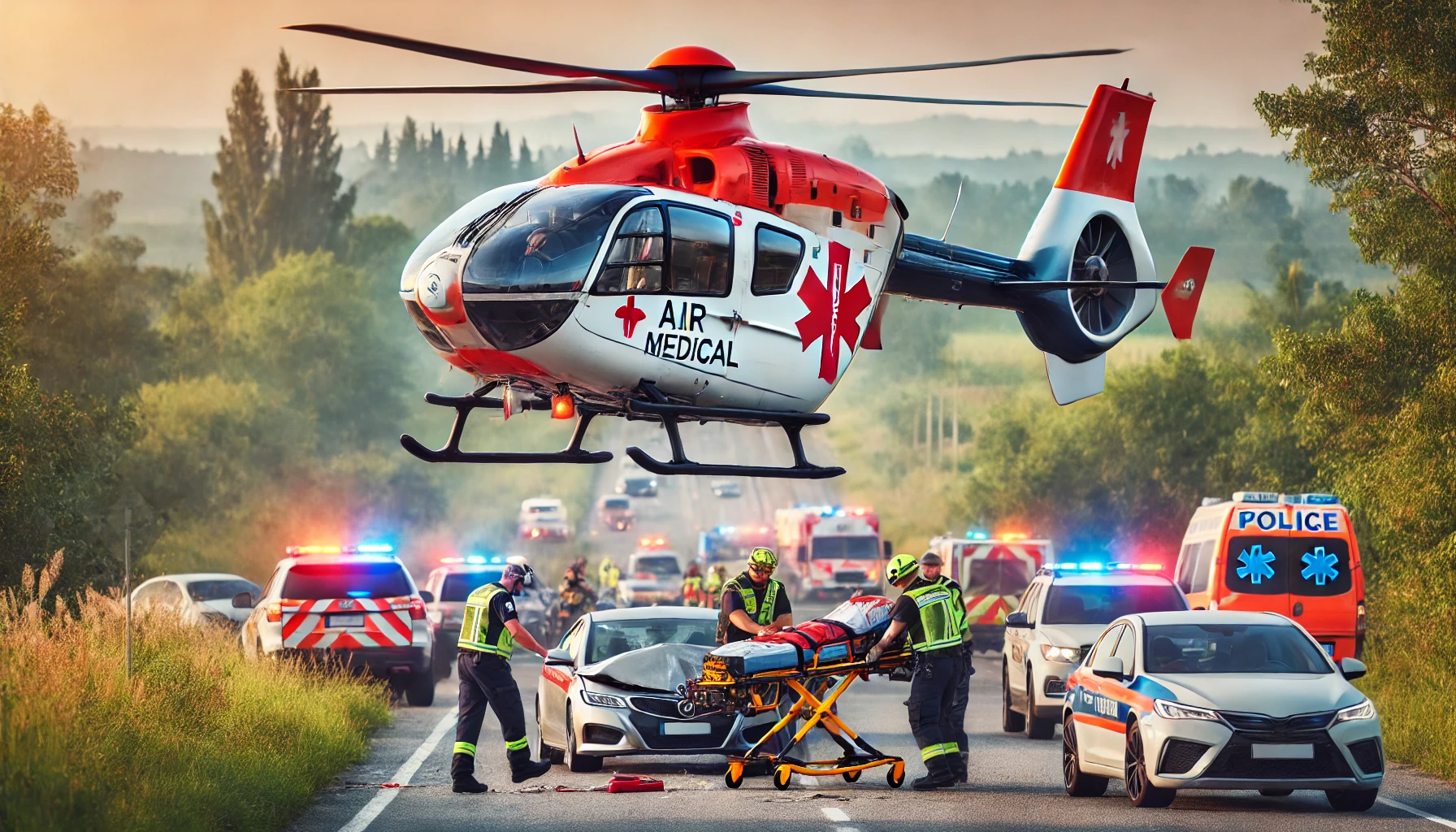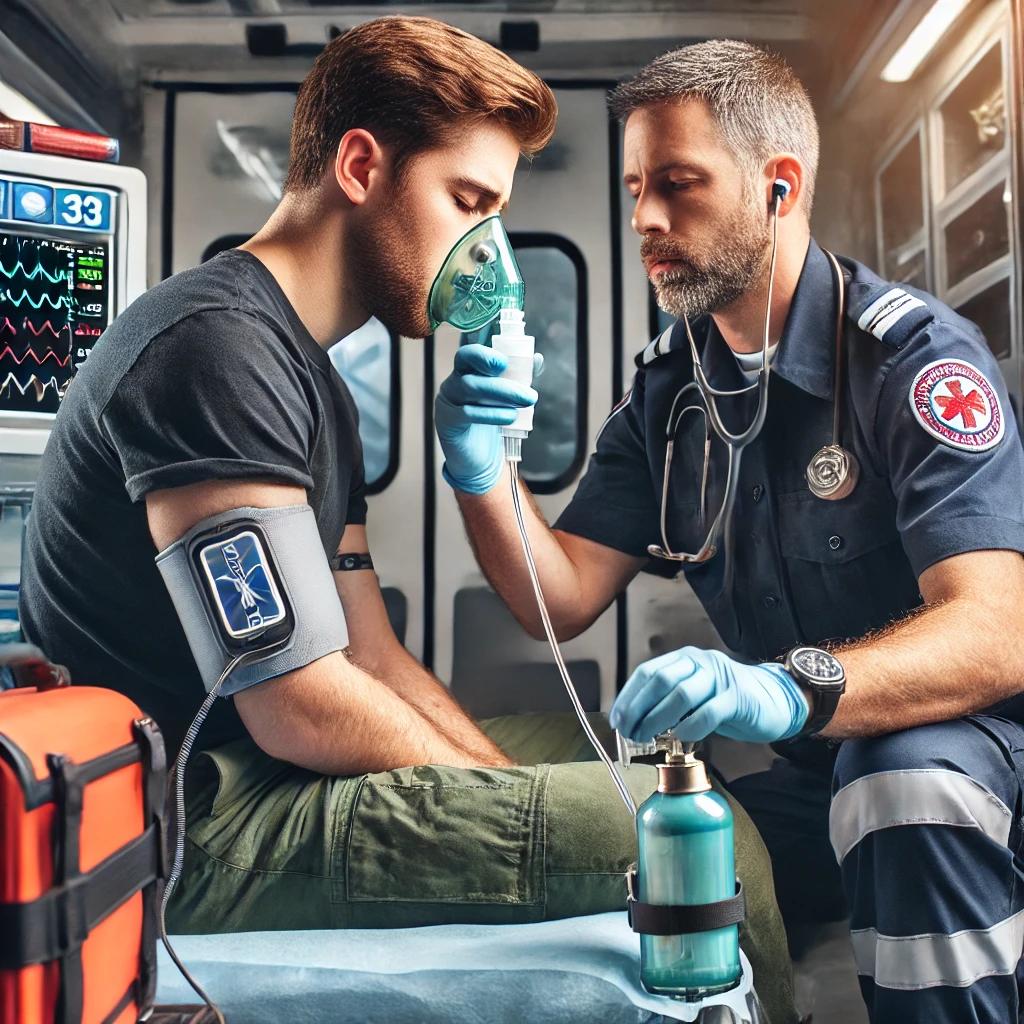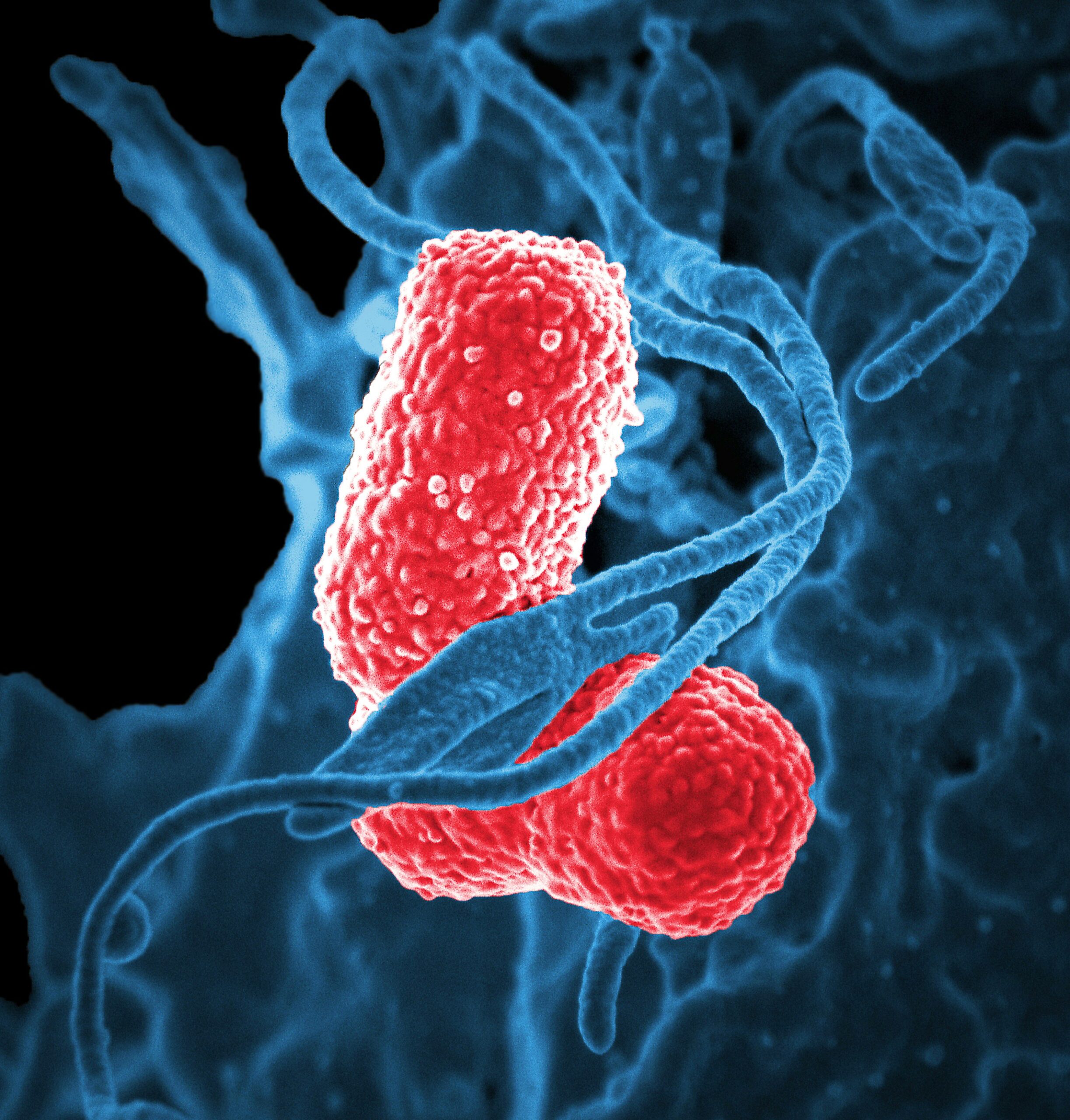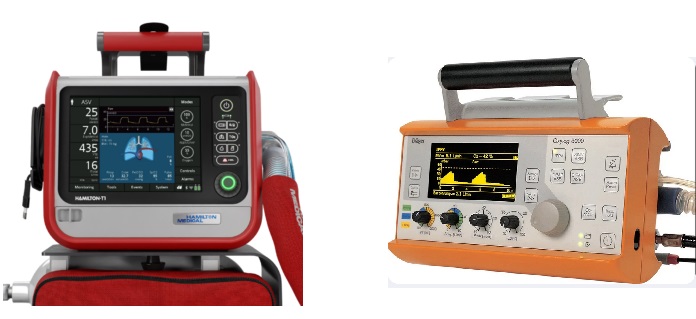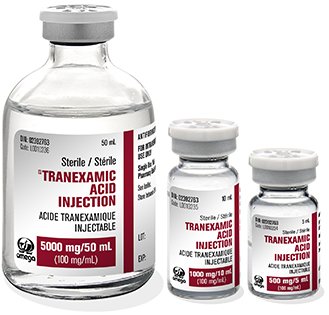The Fatigue Epidemic in Air Medical Transport: Understanding the Physiological and Psychological Toll on Helicopter Flight Crews
Helicopter Emergency Medical Services (HEMS) provide rapid transport for critically ill and injured patients, often operating under extreme environmental and psychological conditions. The nature of their work—long shifts, unpredictable call…

